“In the gaming industry, deviation of a franchise from its roots leads to its downfall.” You have probably read or heard this statement in some form before, and there’s a strong chance that you believe in it yourself.
Today, we are going to discuss and examine this perspective in detail and once and for all, discuss the various viewpoints and facts.
Part One: The Necessity of change and implementing new mechanisms and features
Similar to other forms of media, the video game industry has had its share of highs and lows, experiencing the success and failure of various console manufacturers, publishers and developers. Beloved and iconic franchises sit at the heart of video games, serving as the flagship of popularity and legitimacy in the gaming realm. Meanwhile, an inevitable element has always caused trouble for both big and small franchises. Over time, the progress of video games as an industry and art form has seen many advancements. As time passes, available technologies become more sophisticated and investments in various titles also see significant growth.
On the other hand, there have been franchises and games which with the emergence of new generations and advancements in the gaming world, failed to keep up with the progress and found themselves always staying behind in the evolving industry of video games. Longevity and history might certainly add a sense of cultural value to a brand, name, or work, but they cannot necessarily prevent the destruction or downfall of that franchise.
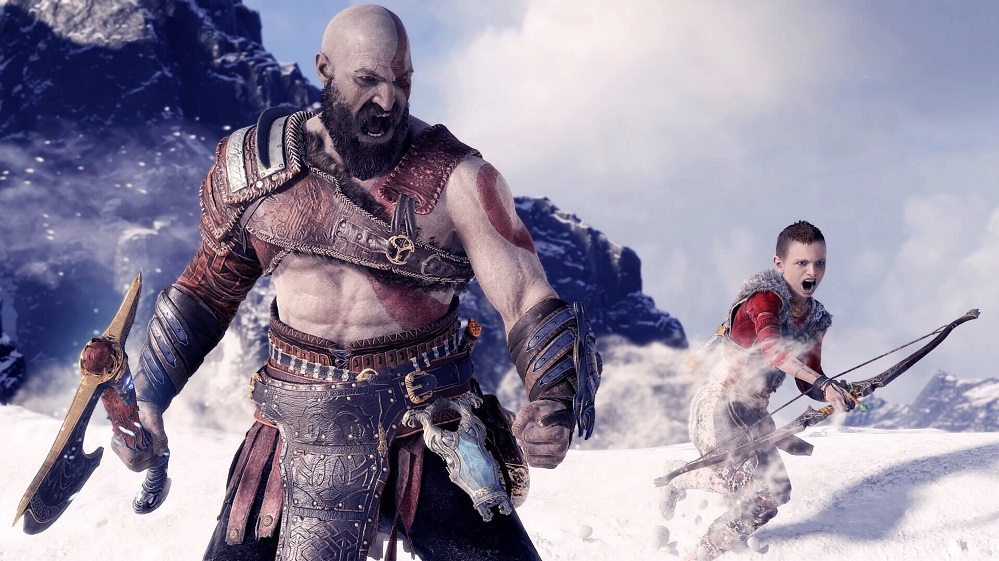
God of War successfully modernized its structure within the framework of a soft reboot while reasonably remaining faithful to its roots and identity.
Face to face with this challenge, the common solution from all developers has been similar. It involves making changes, improvements, and adding modern features that are popular in similar titles. For example, before the release of ‘Dead Space,’ the presence of workbenches in various forms was not very common and if previous titles utilized this mechanism, it did not necessarily contribute to their popularity and widespread acceptance.
However, years after the release of the first Dead Space installment, action-adventure, survival horror and even shooter games started incorporating workbenches, making them a common and familiar element in the gaming world. These workbenches, typically used for upgrading or changing weapons and equipment, have become a common thing and an integral part of the gaming industry, continuing to have a prominent presence in video games today.
Another fitting example in this regard is the grappling hook, which almost since 2012 has become a staple in various games. Nearly every game featuring even the slightest platforming elements has either included the grappling hook from the beginning or introduced it later as a tool for players as the game progresses. Far Cry, Assassin’s Creed, Dying Light and Ghost of Tsushima, along with many other AAA and indie titles, all have implemented the grappling hook as an important tool.
The last example of popular and widespread mechanics is the inclusion of role playing elements and skill trees. Years ago, pretty much only classic role-playing games and a few select titles from other genres used deep role playing elements like loot systems with various rarities and the presence of story choices and multi-layered skill trees.
However, towards the end of the seventh generation and the beginning of the eighth generation, we witnessed a massive wave of games using both complex and fundamental role-playing elements, featuring various skill trees. If someone told you in 2005 that in the future even sports games would use skill trees and similar progression mechanics, how would you have reacted? Because today, almost every game incorporates a skill tree or role-playing elements to some degree, whether subtly or not.
So, it’s clear that adding various features and elements is a natural and common practice among developers, especially with the widespread popularity of certain fundamental features. Other developers immediately follow suit and incorporate the mentioned features into their games. It doesn’t matter whether the franchise or title has a significant history in the video game industry or follows a particular structure or philosophy.
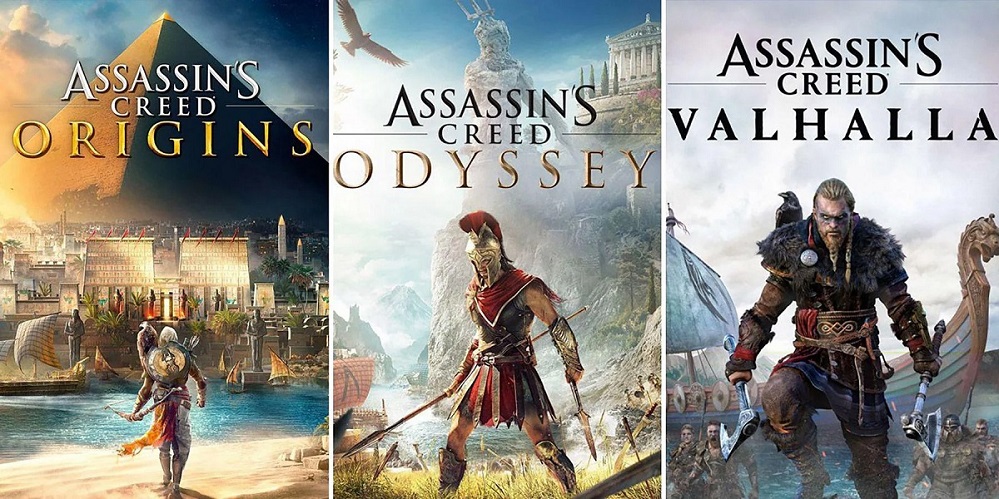
The Assassin’s Creed series experienced one of the most controversial structural changes.
An important point to note is that it is nearly impossible for a game to have a fixed structure and not be receptive to any new or distinctive features; because progress in the world of video games implies advancements in the internal structures and features of games. Rejections of these changes means falling behind competitors and ultimately becoming obsolete; which has unfortunately killed some older franchises and games at the top of their league in the video game industry.
Moving on from the topic of new and popular mechanics and features, to the next subject: the progress and evolution of games in terms of structure and design. This is a deeper and more complex issue than simply adding a specific feature. For example, until around 2008, all linear games, regardless of their genre and concept, employed a very classic, cliché and similar structure and foundation.
Linear stages with minimal exploration, the inclusion of numerous enemies to prolong gameplay, levels like escort missions or those involving vehicle sequences, protagonist getting captured or stuck in one of the levels and escaping from enemy bases were common. The absence or rarity of role playing elements, choices and personalization was also noticeable. In general, we had fewer design and structural refinements, with the narratives and gameplay being the main focal points of these titles.
But gradually, we witnessed a significant evolution in level design and direction and various developers put effort into enhancing frustrating game mechanics for players, from checkpoint issues to reducing an excessive number of enemies in environments and eliminating complete linearity in their games. This improvement is very prominent in games from 2010 onwards.
Role playing elements were injected into various genres like action and adventure, breathing new life into them. True freedom of action was redefined extensively with works like Dishonored. Semi-open world games emerged to break the entirely linear and clichéd structures of games. To satisfy audiences with content and create a deeper experience, many different franchises eventually added online-focused and co-op sections.
But were all these new games (from 2010 onwards) necessarily successful and satisfying? Certainly not all of them, but clearly, we witnessed a structural and evolutionary leap in video games. A leap and progress that, unfortunately, in some cases, had consequences…
Part Two: Changes and improvements at what cost? What is the core identity and mission of a franchise?
In the first part, we discussed the necessity of using new mechanisms and structures. Now it’s time to examine a very important and intriguing question: What will be the consequence of adding these new mechanisms and improvements to the game?
Overall, the outcomes of these changes can be summarized into several broad categories. The first group includes games where, despite the structural changes and evolution, their internal core did not change significantly, merely incorporating newer elements. Many role-playing games fall into this category, and even with generational shifts and design evolution, their essential content core remains intact. What is meant by the core? The core of a video game or franchise refers to the concepts and features that have established its identity, carrying the primary mission of that video game.
A franchise like Doom, for example, has a core identity that delivers frantic action and entertaining content. The primary mission of this franchise has remained the same since its creation. Whether we’re dealing with Doom II in 1994 or Doom Eternal in 2020, the mission, intrinsic features and identity of the work remain consistent.
On the other hand, games like Dead Space or Resident Evil fall into the second category. They focused on providing a thrilling and atmospheric experience since their inception. As long as the new titles in these franchises stayed true to that core identity and internal mission, things were progressing according to plan. However, as soon as the goal of these games experienced extensive changes, targeting an entirely new audience, the newer versions of these franchises couldn’t replicate the initial successes. Regardless of how entertaining we might consider titles like Resident Evil 6 and Dead Space 3, their mission was less distinct and they didn’t follow up on their core identity.

Despite the negative reception, the truth is that Resident Evil 6 wasn’t a bad title at all, but it deviated from the identity and mission of the franchise at a certain point. Many consider the game’s co-op experience as one of the best.
I think you’ve gradually come to realize this. If you’ve paid attention, it was the seventh installment of Resident Evil that redirected the series’s structure towards a more suitable path and breathed new life into the weary body of this franchise. What was the solution?
Revisiting the core identity of Resident Evil, which in this case included a heavy atmosphere, a balance between action and horror and a classic structure. In fact, Resident Evil 7 is considered a completely modern title that doesn’t necessarily follow the path of classic versions in terms of structure, design and direction. It even operated with a completely different camera perspective. However, it cared about the core identity of the series, the identity of Resident Evil and its mission. This aspect was key to its success. Note that the more modern titles in the Resident Evil franchise had evolved and were not necessarily loyal to the roots.
From fixed cameras to limited controls, confusing structures and limited information, the new Resident Evil titles have not replicated the classic games directly but continued their path. How? By taking into account the identity and mission of this franchise. Not merely by reusing outdated mechanisms such as fixed cameras or extremely limited movement controls and gameplay. So, once and for all, loyalty to the roots should mean loyalty to the mission of a game and its core identity, not necessarily a series of specific elements or features.
Gameplay features alone do not shape the core identity of a franchise; deeper concepts are involved in this matter. So, if someone claims that a certain game is not faithful to its roots due to changes like switching the camera from third-person to first-person, changing linear or open-world structures, or various modifications, it is a baseless claim that does not align with logic and reality. Elements like the camera do not summarize the identity of a game.
Another important point is that different titles do not necessarily need to modernize or evolve to the same extent and may be entirely different from each other. For example, open-world role playing games have witnessed the least structural changes, which is entirely logical given the goal, audience and mission of these franchises.
Baldur’s Gate 3 can be considered a fitting example in this regard, providing one of the best role playing experiences in history with a classic structure based on D&D games, coupled with modern visual updates and personalization. Before its release, some people believed that turn-based combat in 2023 was likely to fail. However, the game’s amazing release easily refuted this claim. Therefore, as long as a game, regardless of its style and genre, follows its mission, maintains its identity and steps in the right direction, even if it undergoes structural changes, evolves, differs, revises, or adds significant mechanisms, it will still succeed.
Let’s return to the discussion of the consequences and outcomes of extensive changes. The truth is that there is a clear boundary for changes and modifications and it is better not to break this boundary. For example, a Survival Horror game that focuses on fear, atmosphere and world-building has no problem incorporating elements of action or deep combat, as long as that atmosphere and world-building are not compromised by the action and are not overshadowed. Similar to the excessive use of spices, an excess of these elements can have severe consequences. The presence and utilization of certain elements will bring similar results, as in the case of spices where excessive use can lead to undesired outcomes.
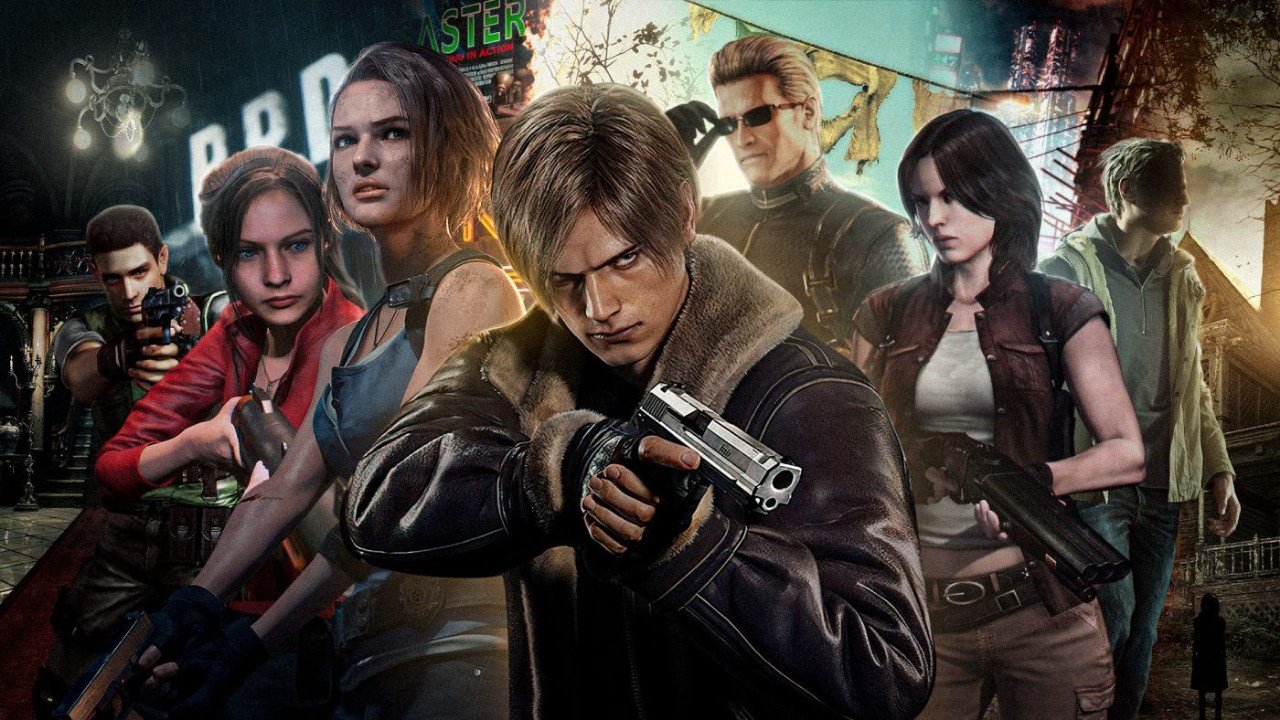
The Resident Evil series is considered one of the few rooted franchises in the gaming industry that has successfully navigated generational changes and structural shifts, currently in its best shape.
On the other hand, borrowing elements excessively from another genre or structure may completely transform the core of the game which is a major issue. This happened with the Assassin’s Creed series, going through a complete change in style and structure from stealth-action adventure to a classic action role playing franchise!
Of course, in the case of Assassin’s Creed, this major shift was driven by Ubisoft’s desire for greater profitability and was not merely an incidental occurrence. So, while adding various elements may lead to changes, the question here is whether a complete transformation of an title’s mission and a change in its core identity is considered a valid approach.
Part three: changing the mission, identity and deviation, is it good, bad, or up to interpretation?
Is changing the core and essence of a franchise or work acceptable and logical? Unfortunately or fortunately, there is no straightforward answer as this question is very difficult and complex.
Let’s take a look at Assassin’s Creed. Almost everyone expressed dissatisfaction with the departure of the Assassin’s Creed series from its roots and the identity of this franchise, longing for the captivating and classic adventures of Ezio. These people accuse Ubisoft of ruining the beloved Assassin’s Creed franchise and changing its mission. However, the point here is that if we consider Ubisoft’s decision to completely change the structure, mission and identity of Assassin’s Creed to be a foolish mistake, then how do we justify the impressive statistics of the three role playing entries of the series (Origins, Odyssey and Valhalla)?
If Ubisoft, according to some people, has destroyed the series, how can AC: Valhalla sell over 1 billion dollars and become the most profitable game in the history of the company? If everyone preferred the classic and past game structure, why does a title like Valhalla outsell the classic series versions by more than two times and is more than five times more profitable than them? There is a discrepancy here! If everyone is unhappy with the game, then who are the 20 million people who have experienced Valhalla?
So, it’s clear that sometimes it’s not so easy to discuss and judge the changes made to the core identity and roots of a game. Because logically and from a statistical standpoint, this franchise has performed much better and earned much more in revenue after transforming into role playing games.
Do audiences prefer their favorite franchise to completely change in identity but be more successful and continue to thrive, or stick with a classic structure and possibly fade away? For example, the Dishonored series which despite extraordinary critical acclaim, never achieved desirable profitability and has been on a hiatus for several years, possibly for long a time. If we had gotten something very different instead of the Death of the Outsider expansion, could the franchise still survive despite deviating from its roots and identity, albeit at the cost of profitability?
Let’s look at it in another way, imagine you are the publisher or developer for a video game. You are about to spend tens and perhaps hundreds of millions of dollars on game development. Considering the uncertainties from the series’ history, you are not confident about the return on investment. Will you make fundamental changes to that franchise, or will you take the risk just to preserve its identity and roots?
So the truth is that sometimes it’s not fair to only point fingers at the developers and publishers and call them responsible. Consider Dead Space, for example. The first two installments had a considerable budget, and the third entry had a massive one. However, due to poor performance in terms of profitability and revenue, EA found it necessary to add deep action elements to the game to attract a larger audience. However, even this approach couldn’t save Dead Space and led to the complete shutdown of the developer studio, Visceral Games.
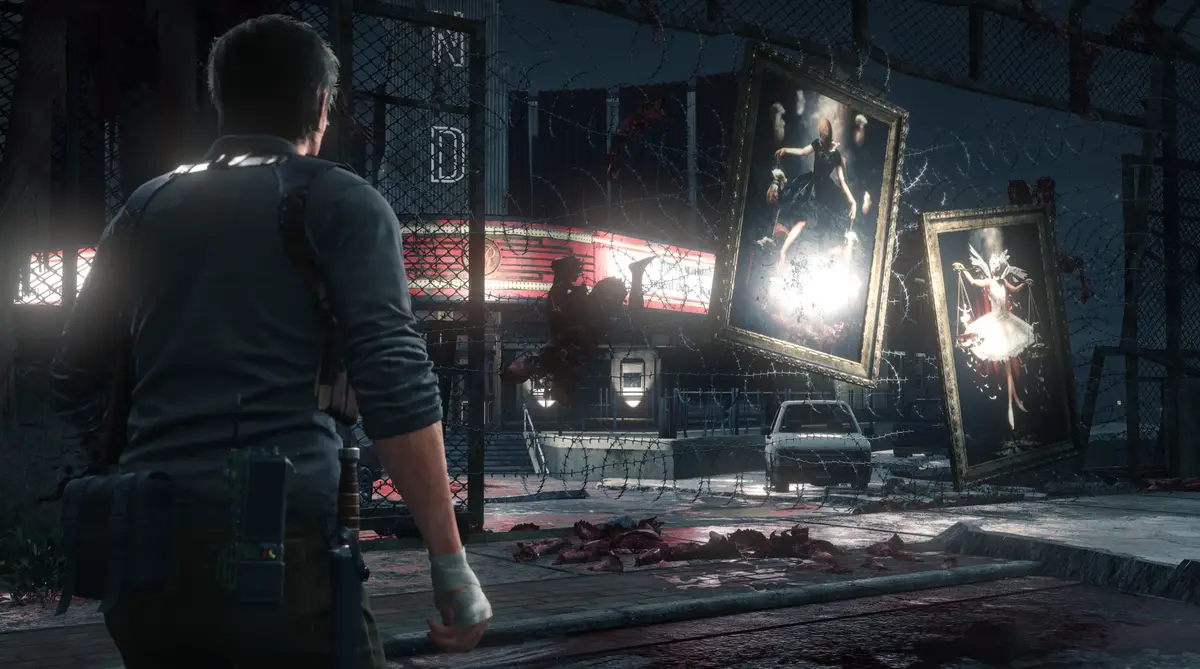
Many people in the gaming community were dissatisfied with the second installment of The Evil Within, but was this criticism properly voiced?
Part four: Unnecessary departure from roots and identity, unjustified changes and greed – a plague on video games
In the previous parts, we discussed the necessity of change and evolution in video games over time, as well as the do’s and don’ts of changing the identity and mission of a game and a franchise. In this part, I want to flip the situation, addressing unnecessary changes that are made solely to follow current trends by developers which may end up costing the destruction of an entire franchise.
Before the release of Dragon Age: Inquisition, there was a plan to adopt a completely different approach to the game. EA expected Bioware to develop the new Dragon Age based entirely on in-game micro transactions and multiplayer features to not only make the game profitable but also generate revenue in the long term through in-game purchases. The announcement of this news angered the devoted fans of the Dragon Age series.
Dragon Age, as a classic role playing franchise with a focus on tactical combat, had no affinity with online and multiplayer content. An engaging, branching narrative, extensive adventures, and highly enjoyable group battles with a tactical and strategic flavor were deeply intertwined with its core and roots. There was no need for such a change at that moment and EA simply wanted to turn this franchise into a money making machine. However, without a doubt, if that version of Dragon Age had been developed, we would have witnessed a colossal failure that could even have sent Dragon Age to its death.
Ultimately, considering the feedback, EA rebooted the game and the reception was positive. Not only did Dragon Age: Inquisition become the best-selling game in Bioware’s history with over five million copies sold, but it also won the Game of the Year award.
So, it’s not always an internal necessity and striving to meet modern standards that leads to extensive identity changes. Sometimes, in the pursuit of a specific goal, developers and publishers might destroy the roots and identity of a franchise and go in a different direction. Are these identity and mission changes necessarily met with failure? It cannot be said with certainty, but most certainly these projects and titles are typically boycotted by classic audiences and generally do not fare well.
Insistence on turning a single player and narrative focused title into an online game, a complete overhaul of combat and gameplay and extensive changes in lore and narrative structure are some of the elements that, especially in the past decade, have poisoned some longstanding and iconic franchises in the gaming industry.
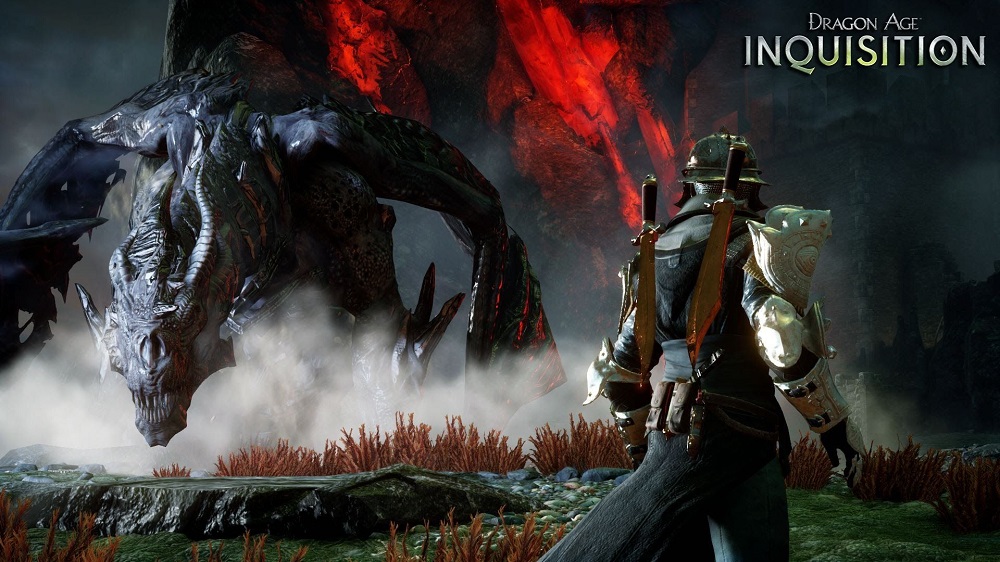
The Dragon Age series was on the verge of a significant change due to EA’s decisions, which could have potentially led to the complete destruction of the series.
Final part: Conclusion and closing words
In reality, the mission of a video game and its core identity are the things which captivate the audience. Naturally, the further an work distances itself from its mission and forgets its identity, the less it is likely to succeed. On the other hand, we should not mistake progress, evolution and modernization of a work for deviation from its roots. With the change of generations, advancements in structural technologies and the disappearance of design limitations, a video game must naturally keep up with the industry’s progress; otherwise, it is doomed to destruction.
Do you think if in 2018, we were presented with God of War using an isometric camera and a completely non-cinematic structure, could Kratos have had a glorious comeback to the gaming world?
Key points:
- Once and for all, loyalty to roots should mean loyalty to the mission of a title and its core identity, not necessarily to a series of specific elements or features. Gameplay features alone do not constitute the core of a franchise; This issue ties to deeper concepts.
- The identity of a franchise and its mission are what the audience values.
- The addition of new features, modern mechanisms, and structural changes does not necessarily change the identity of a franchise or deviate the title from its roots.
- Regardless of its brilliant history, a title is doomed to failure and destruction if it firmly resists change and is not receptive to new features.
- The developers and publishers’ greed is one of the most important factors in deviating from roots and facing identity issues in rooted franchises.
- Sometimes, it won’t be easily feasible to pass judgment on the issue of deviating from roots and changing the mission of a title due to the complexity.
- The audience themselves have a significant impact on the decisions of developers and publishers.
- Contrary to common belief, as long as they are implemented correctly and intelligently, alterations such as changing the camera, structural changes, and the open-world or linear nature of the work, among various other factors, do not betray the roots and core identity of a series.
By Mostafa Zahedi



Comments